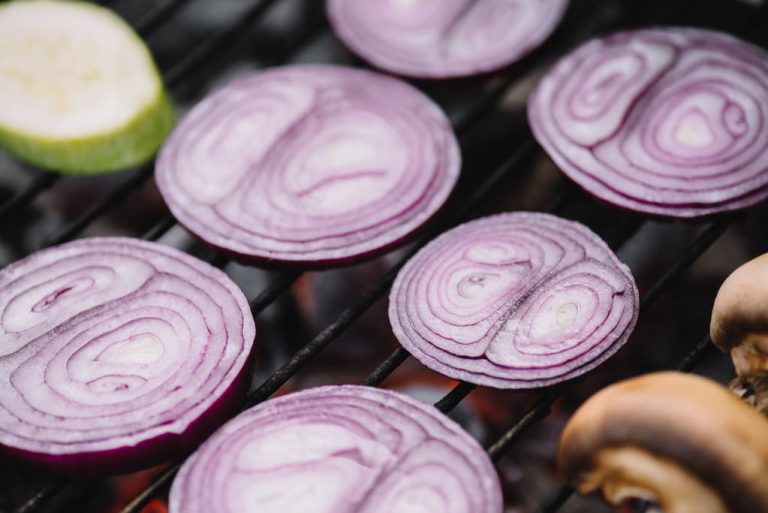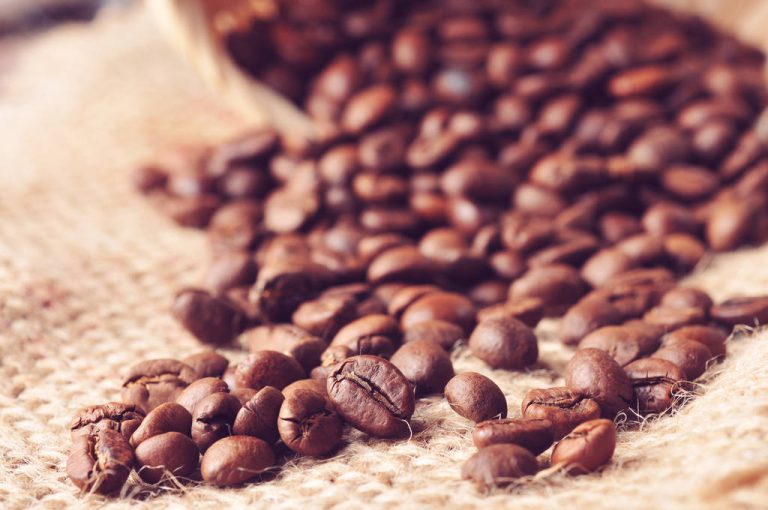Altogether, over 100 types of coffee are known, but only two of them are really relevant for the coffee drinker: Arabica and Robusta. But what is the difference between these two types?

Arabica or Robusta? Arabica is often sold to us as “the better coffee”. But is there something to it?
Until the discovery of Robusta at the end of the 19th century, Arabica was the only decisive plant in commercial coffee cultivation, but it has its pitfalls. The Arabica plant is very susceptible to diseases such as coffee rust, which affects the leaves and ultimately causes the entire plant to die. In addition, it is only suitable for certain climatic conditions. The Arabica plant only grows at certain altitudes, which ideally have temperatures of 18 to 22 degrees. In addition, too much wind, humidity and heat cause problems for the Arabica. The Robusta, on the other hand, lives up to its name: It is insensitive to diseases such as coffee rust and tolerates more heat and moisture.
The outside of the bean (appearance)
At first glance, it seems difficult to tell Arabica and Robusta beans apart, as the two beans look very similar. Here are a few features to guide you. The Arabica bean has an elongated, oval shape and is larger than the Robusta bean. Where this has a small, rounded shape. Another distinguishing feature, which is more popular than found common enough to be identified as a feature, is the indentation in the middle. In the case of the Arabica bean, this is S-shaped, whereas in the case of the Robusta bean, it is often wider and straight.
Most important: taste
The Arabica beans often taste fruity, aromatic and less bitter. Remain sweet in the taste range. To put it bluntly, the beans of the Robusta coffees have something “mouldy”. They taste earthy or nutty, and have notes of wood or leather in their taste. In general, they are also stronger and have more bitter substances. This is why Robusta beans are more dominant in terms of taste in a bean mixture than their bean partner Arabica.
Acid & caffeine: Key ingredients
Raw Robusta beans have nearly double the caffeine and chlorogenic acid content compared to the raw Arabica bean variety. When the roasting begins, however, many things change in the bean types. While the percentage of caffeine hardly decreases, the proportion of chlorogenic acid decreases over time and depending on the roasting process. However, the acid does not disappear completely. It is partially converted into aromatic substances, from where the bean gets its certain intensity. Overall, this results in the Arabica bean having a light, mild and floral flavor and a defined acidity. The Robusta bean, on the other hand, has a much more distinctive, earthy and nutty taste. To explain: Chlorogenic acid is an ester of caffeic acid and is also found in nettles, valerian and St. John’s wort. It is debatable whether it is predominantly positive or negative for the human organism.
About the plant: Cultivation and harvest of the bean varieties
The Arabica plant reaches a height of approx. 2 to 5 meters in cultivated cultivation and needs a temperature of 15 to 20 degrees and an annual rainfall of between 1200 and 2200mm for good growth. This bean can be optimally grown at an altitude of 600 m and up to approx. 2300 m. It usually takes 7 years from cultivation to the first harvest. Well-known growing areas of the Arabica bean are South America, Africa, Australia and Indonesia. The Robusta plant grows to a height of up to 7 meters in the cultivated area. Ideal climatic conditions are: 2200 – 3000mm of precipitation, 18 to 36 degrees temperature, and a cultivation height of up to approx. 600 metres. Central growing areas are Vietnam, India, Africa and Indonesia. The great advantage of the Robusta bean becomes apparent during the harvest: Since the ripe cherries simply get stuck on the branches, they are much easier to harvest than the falling (and then quickly rotting) Arabica beans.
The beans in world trade
Robusta is significantly more economical than the Arabica bean due to the cultivation height and the easier harvest. This also explains the difference in price: Robusta coffee costs only a fraction of Arabica coffee. Nevertheless (or perhaps because of this) only 25% of the coffee grown worldwide is Robusta. The Robusta bean is used in many mass roasts and in various instant coffees. Although there are high-quality Robusta bean varieties that are grown in India, Ecuador and Brazil, these tend to go under due to a lack of market presence.

Roasting – what makes the bean tasty
The time to maturity increases the higher the corresponding coffee bean is grown. When roasting, the degree of browning can be adjusted individually – the longer the bean is roasted, the stronger the bean tastes. It is roasted at a temperature between 180 and 220 degrees. In the process, amino acids and sugars are reassembled, resulting in the formation of an estimated 1,000 aromas or chemical compounds. The longer a bean is roasted, the less acid and the more bitter substances it contains.








